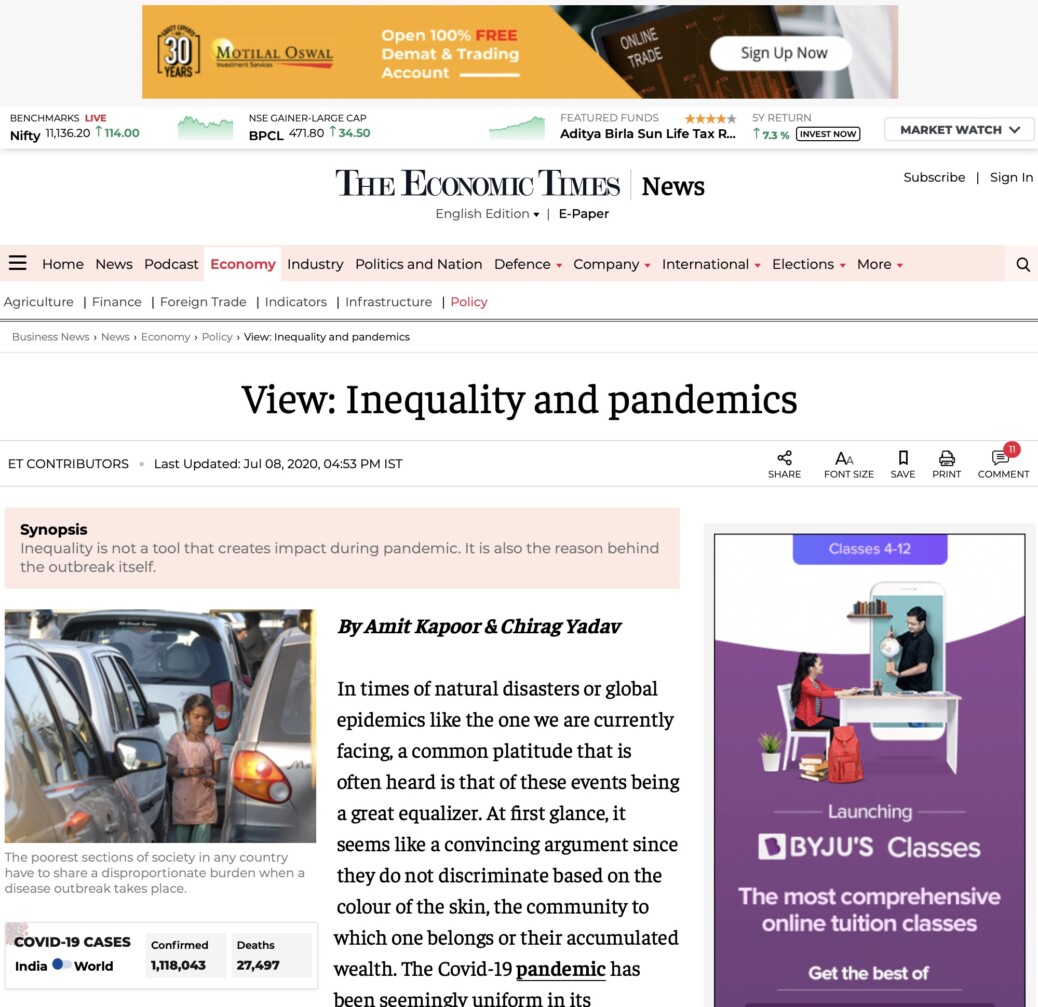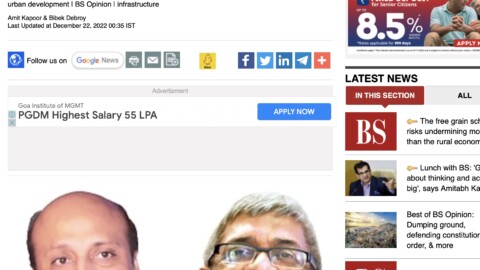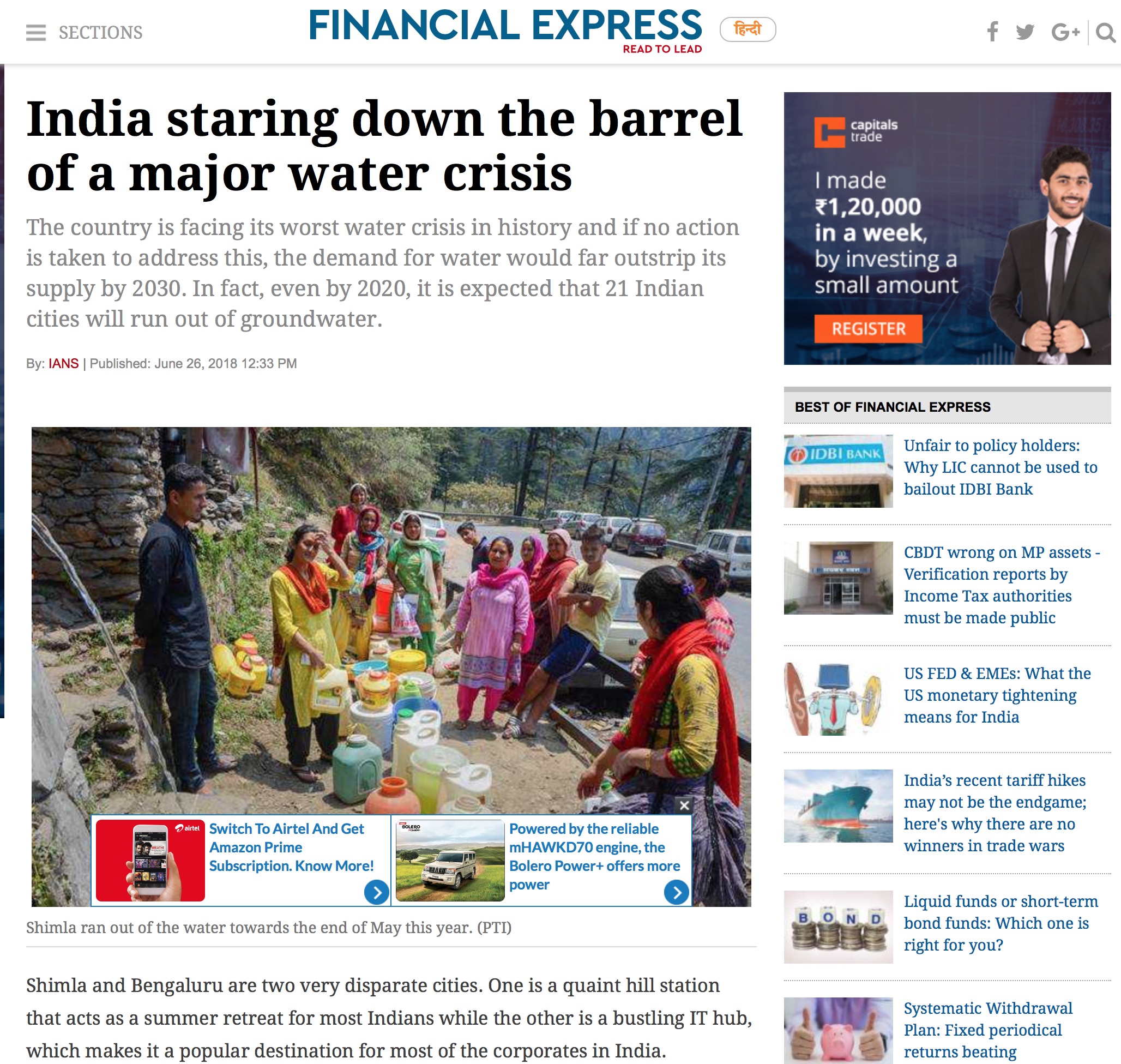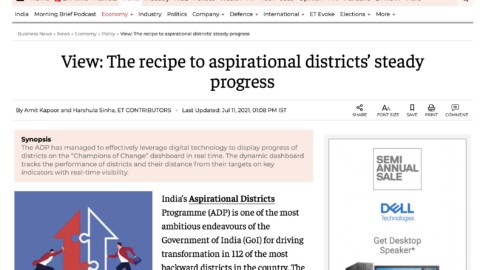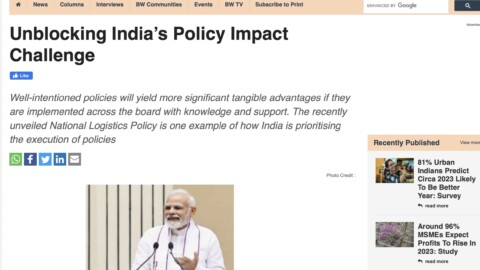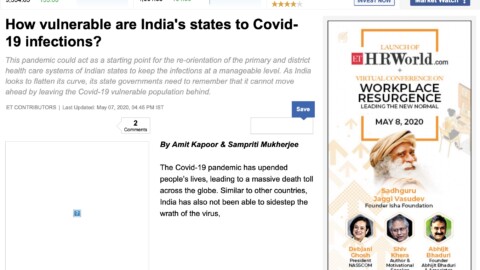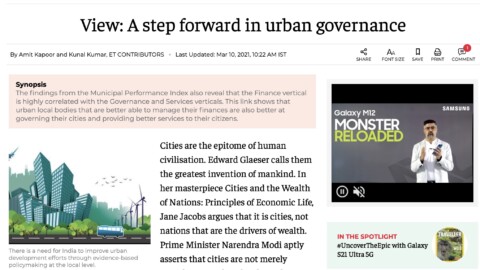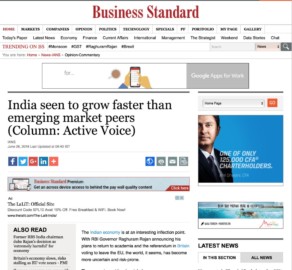Inequality and Pandemics
In times of natural disasters or global epidemics like the one we are currently facing, a common platitude that is often heard is that of these events being a great equalizer. At first glance, it seems like a convincing argument since they do not discriminate based on the colour of the skin, the community to which one belongs or their accumulated wealth. The COVID-19 pandemic has been seemingly uniform in its devastation crossing borders around the world in a flash and killing millions in its wake. If anything, the richer nations have been relatively more affected until now than their less developed counterparts. However, upon closer inspection, it becomes evident how the most vulnerable sections of society are usually the most affected in times of such crises.
But, first, let us back up a little bit. The level of inequality in any society – weather it be social or economic – has a significantly intricate relationship with pandemics. Inequality is not simply a tool that creates differential impact across society during pandemics and further exacerbates the gap. Quite possibly, it is also the reason behind the outbreak of the disease itself. Although the hypothesis needs to be further tested, there is a school of thought which argues that pandemics are more likely in times of growth inequality.
The argument focuses on several trends that have preceded each pestilence in history. These play out in the following manner. Initially, sustained population growth results in a rise in population density, which pushes the basic reproduction number of all diseases upwards. At the same time, overpopulation leads to excess supply of labour, which pushes wages downwards.
This immiseration has several effects across society. It reduces the nutrition levels of the poor making them less capable of fighting pathogens. The poor also migrate vast distances to cities in search for jobs. The increasing concentration of people in cities becomes a breeding ground for diseases while their movement makes it easier for diseases to travel across regions.
On the other hand, the richer sections of society, which usually own capital, become richer on account of the falling labour wages in society. They tend to spend more on luxurious purchases that are traded from far-off regions and travel to different places, which connects the world in a more integrated manner. Apart from people and goods, germs travel in a more fluid manner along these routes around the world.
The historian Peter Turchin has tested out this theory and found strong statistical association between the level of global connectedness, levels of inequality in society and pandemics thorough history. In the second century BCE, for instance, the Chinese and the Roman empire were at their peak. Trade was flourishing across the two regions as symbolised in the development of the ancient Silk Road during the period. With rising commerce and riches, the poor were becoming poorer in both the places. Then the Antonine plague broke out in Rome in 165 BCE. Within a decade, the plague reached China causing widespread devastation. As a result, both empires went into a steady decline.
A similar pattern can be traced prior to the emergence of the plague of Justinian in the 6th century and the Black Plague in the 14th century. In 2020, it is not hard to notice that the same forces are at work. In fact, globalisation and inequality are at their peak in human history. So, it can be argued that these factors had a driving role to play in the development of the COVID-19 pandemic. The role of inequality in pandemics, unfortunately, does not end there. It has a disturbing and lasting contribution once the outbreak takes place.
The poorest sections of society in any country have to share a disproportionate burden when a disease outbreak takes place. This is led by a variety of factors that are associated with poverty. Irrespective of where the poor reside, they have the least access to quality healthcare systems. The situation is worse in low- and middle-income countries where the out-of-pocket expenditure is typically quite high due to a rudimentary insurance infrastructure. Also, the weak healthcare systems and their limited capacities to handle disease outbreaks leave the poor with the short end of the stick. Next, the poor tend to live in densely packed areas where the likelihood of the virus rapidly spreading across their neighbourhoods is extremely high. Moreover, the households in poor neighbourhoods lack access to basic services like access to continuous running clean water as well, which makes hygiene a luxury for the most vulnerable sections of society.
Inequality further plays a damning role in the face of measures taken to control the spread of the pathogen (and beyond it). While the reasons for the genesis of the COVID-19 pandemic and its impact on outbreak has been similar to pandemics that have ravaged through the world before this, the current outbreak has been unique in terms of one aspect. In an unprecedented coordinated global effort, almost the entire world population went into a lockdown to slow the spread of the disease. These efforts were undertaken to reduce the pressure on healthcare systems and eventually save lives. However, people have unequal capacities to comply with such measures, which has an uneven impact on livelihoods and exacerbates the inequities in the process.
The poorer sections of societies around the world have jobs that provide them with subsistence wages on a daily basis. Since most of their wages are spent on basic necessities, they have lower savings to survive upon in times of lockdowns. So, they are also most likely to not comply with lockdown or put themselves in harm’s way as soon as they are eased since their survival depends on it.
Even if the poor have salaried jobs, the low levels of education and skilling puts them at the highest risks of being fired from employment. In the United States, for example, the unemployment rate has reached as high as 16 percent in May as per the government’s estimate. The burden was heavily biased towards less educated workers. Against an unemployment rate of 7.2 percent for workers with a bachelor’s degree or higher, 18.5 percent of the workers without a high school diploma were unemployed in the same month. The situation is worse for developing nations that do not have strong social security systems on which the poor can fall back upon.
The injustices of inequality do not end even at this point. They find their way into action at a point when the vaccines come out as well. When the vaccines first arrive, the logic of the markets take over to dictate the pattern of distribution. In the 2009 swine flu epidemic, for instance, the wealthy nations managed to secure large advance orders for the vaccine. The poor countries were crowded out of the markets as they received the vaccines much more slowly and were unable to cater to their entire population.
The same dynamics play out within nations as well. The most vulnerable again find themselves unable to access the necessary aid. The distributional inequalities emerge due to the fact that the poorest regions of countries usually have poorer healthcare infrastructure – fewer healthcare workers and clinics to administer the vaccine.
Finally, once the vaccines have reached the remotest corners of the world and the pathogen has been rendered ineffective, the future generations of the poor are still bound to suffer the repercussions of the pandemic. This plays out in various ways. First, apart from the lives that are lost in epidemics, the germs leave the world much more unequal that it was before their arrival. A recent paper (Furceri et al. 2020) studied past pandemics and found that they have led to persistent and significant increase in the net Gini measures of inequality. Across income deciles, on an average the shares of incomes going to top decile increases and that of the bottom deciles falls after a pandemic. So, the young dependents of the poor are impelled into a future with even more poverty.
The second way in which the future generations of the poor find themselves doomed into misfortune is through the loss in access to necessary health and education services during pandemics and after they have been contained. While these basic necessities are always a challenge for the poor, such situations amplify the problems of their delivery. Take education, for instance. For the children of most poor households, digital learning is still not a viable option. In India, as per the 75th round of National Sample Survey (NSS) from 2017-18, the proportion of households with an internet connection stands at 24 percent. Moreover, when households with members aged between five to twenty-five are considered, merely 8 percent of them have a computer with an internet connection.
Apart from losing a crucial period of education during pandemics, the children from poor households have to drop out of schools and join the workforce early to make ends meet in the family even after the health crisis subsides. Thus, the losses from pandemics are more permanent for the poor. These effects widen and cement the gap across various income levels.
The effects of these social transformations are not just limited to the poor. Such gaping and growing crevices in society also create avenues for development of unrest and discontentment among the people. Over the long run, these sentiments can materialise in the form of political upheavals and emergence of populist leaders who can tap into the adverse sentiment of the masses with the status quo. The effects of inequality on pandemics are, thus, quite perilous for societies and go way beyond the immediate health risks.
It is clear how inequality has a sinister role to play in pandemics right from their emergence to long after when they are vanquished. So, the discussions around the pandemic and the policy responses to tackle it should go beyond the narrow focus on economic revival. It is not that economic revival strategies are unimportant. In fact, the success of economic revival of the global economies is intricately tied to the fate of the poor around the world. But the revival needs to be equitable in design – preferably leaning more towards the protection of the sections of society that need it the most. It is for this reason that stimulus to businesses is a lesser effective option for a country to spend its way out of a crisis. Instead of transferring money to businesses, providing cash transfers to the people can be more rewarding in two ways.
One, it will be necessary to revive demand in the global economy as consumers will be cash-starved and putting money in the hands of people provides them with the requisite purchasing power. The alternative of trickle down has hardly worked in response to the 2008 crisis when banks and businesses chose to reward their shareholders with more dividends. However, there is a prevalent concern with direct cash transfers that the beneficiaries might whisk away the money on non-essentials like alcohol. But the findings of Johannes Haushofer & Jeremy Shapiro in their unconditional cash transfer experiments in Kenya showed contrasting results. They found that when the poor are provided with transfers, they spend significantly more on food, education and health on an average. These transfers had a statistically insignificant impact on their spending on alcohol and tobacco (in fact, it fell on an average). Two, these transfers can provide a social safety net for the poor that can prevent the slide of the global economies into the abyss of rising inequalities and social discontentment.
The task right now should be to secure the livelihoods of the most deprived sections of our societies. This ought not to be a paternalistic task but an empowering one because the future of the entire global community is linked to the well-being of the person at the end of the line. It is crucial that the line does grow into anything longer that it already is and that the concentration at the wrong end does not swell. There will be some unfortunate and undesirable outcomes of the pandemic as outlined here but the actions that we decide to take today will set the course for the world of the future.
The article was published with Economic Times on July 8, 2020.
